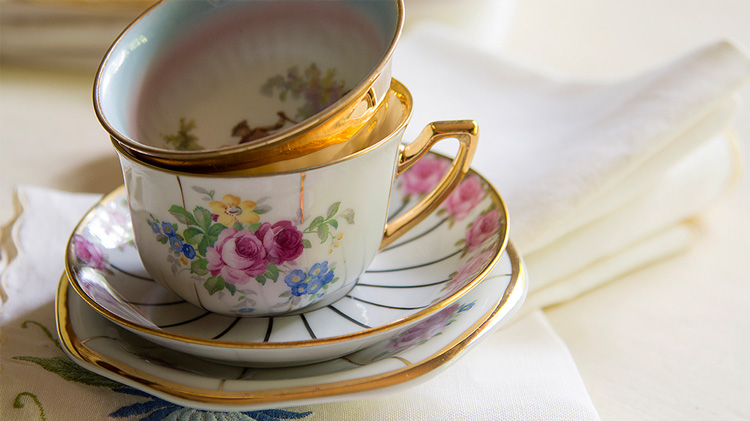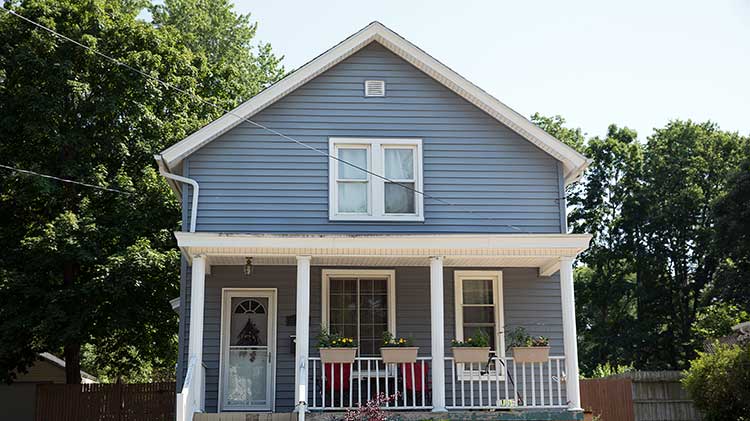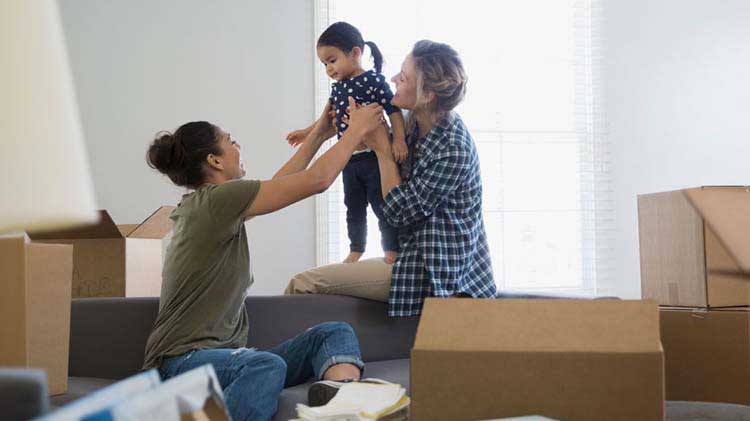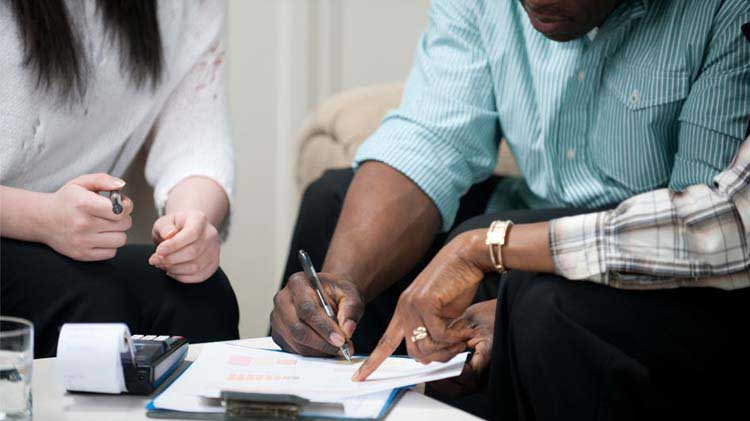Packing tips for moving
If you're moving, it's time to plan, gather packing supplies, purge and pack all your belongings.
Preparing for a move to a new home can be overwhelming. As moving day approaches, taking some time to prepare and plan is helpful. Here are some ideas to help you get ready for moving day.
Think about your move and plan ahead
You may have the urge to start tossing your things in boxes and sorting them out in your new place. Resist that urge. Plan ahead to make sure you move out and move in as easily possible.
- Think about your new home. Consider the layout, size and number of rooms. Chances are you're going to have to organize your stuff in a different way than it is in your current home. Those changes affect how you pack.
- Draw out a floor plan of your new place. Look at the bedrooms, living spaces and kitchen. Start planning where things will go. Literally draw objects into the floor plan so that you can visualize them in your new home.
- Create a Moving Checklist. A checklist can help you plan and organize your move.
Buy supplies
Having the right equipment ready will make your move a little less painful. You'll want these supplies on hand:
- Boxes for your stuff. This one is obvious. Get about double what you're thinking, because you don't want to overload them, and you definitely don't want to run out of boxes at the last minute!
- Bubble wrap and packing paper to protect valuables. Use packing tape to seal boxes.
- Plastic sandwich bags, blank stickers and permanent markers. You'll find out why later.
Sort and purge
Most people have household items and junk that we have not used for a long time or just don't need. Streamlining and purging things is a good thing to do so it reduces the amount to pack and move. Simply start by sorting and separating items you need from items you don't.
- Start in the storage area of your house. The basement, the attic, a closet — wherever you keep that mass of stuff you think you need but never use.
- Go through things. If you haven't used, looked at, or at least thought about something in a couple of years, separate it into the "purge" pile.
- Keep sentimental items. Don't be afraid to keep valuables or special items, even if you don't use them often. Put these types of objects together, and pack them safely in case you don't open them for a while.
- Decide how you're going to get rid of stuff. Examples include donating it to charity, holding a garage sale or leaving it by the curb for someone else.
Start packing
Keep a few things in mind while you're packing up your possessions.
- Secure delicate items. Don't forget to wrap breakables in bubble wrap or packing paper.
- Pack boxes securely. Make sure to line the bottom of your boxes with foam peanuts or crumpled-up newspaper. Place the heavier items on the bottom and the lighter items on the top.
- Close and label boxes. When everything is packed in a particular box, sprinkle in some more packing peanuts, tape up the box and label it.
Prepare furniture
Taking time to protect your furniture can help reduce damage. Here are some tips.
- Packing supplies. Remember the plastic sandwich bags, blank stickers and permanent markers suggested earlier? They come in handy when you're disassembling things like tables, bookshelves and cribs. Also, plastic bags are good for putting nuts, bolts and washers in and then taping them to the item to be moved. For items that have a lot of individual components, re-assembly is more efficient and easier when you label each bag.
- Wax furniture. Apply wax to fine woods to prevent scratches.
- Put pillows and coverings in plastic garbage bags. Make sure to fasten the bags so debris can't get in.
- Wrap and protect furniture. Wrap important furniture with blankets or bubble wrap for extra protection.
Make sure you take breaks and rest as you need to. It's important to pack safely. Engaging the help and company of friends and family sometimes makes packing faster and easier.




